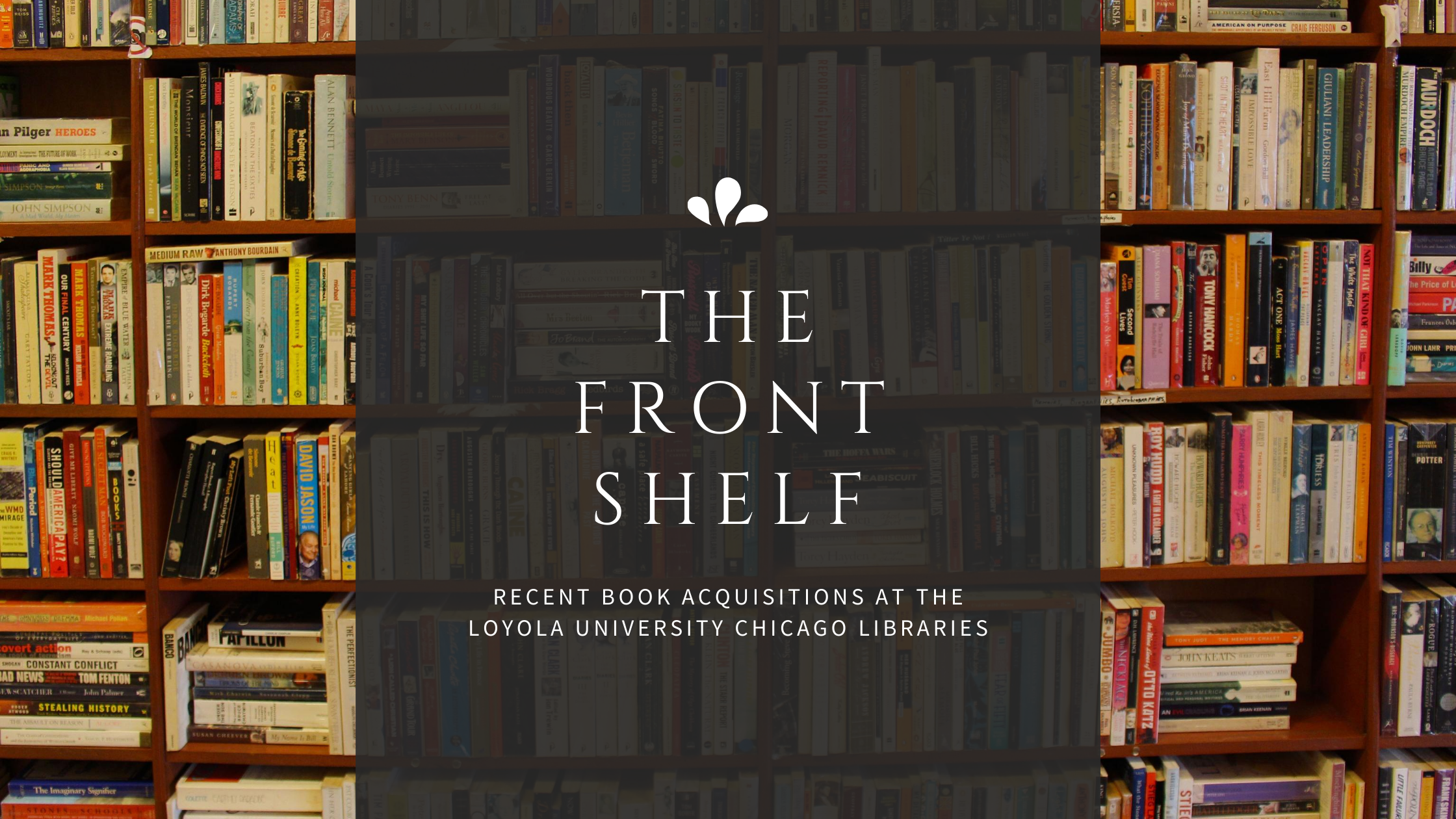Monday, April 5th, 2021
Each month, we will post a selection of recently-acquired books, from new releases to old classics, which have been added to our catalog and are available for use by the Loyola community. This series is inspired by The Seminary Co-op’s “The Front Table” publication: https://www.semcoop.com/.
This month’s edition includes ebooks only. Links are included in the descriptions.

Osman, Richard. The Thursday Murder Club . Pamela Dorman Books/Viking, 2020.
In a peaceful retirement village, four unlikely friends meet weekly in the Jigsaw Room to discuss unsolved crimes; together they call themselves the Thursday Murder Club. When a local developer is found dead with a mysterious photograph left next to the body, the Thursday Murder Club suddenly find themselves in the middle of their first live case. As the bodies begin to pile up, can our unorthodox but brilliant gang catch the killer, before it’s too late?

Kounine, Laura, and Michael Ostling. Emotions in the History of Witchcraft . Palgrave Macmillan, 2016.
Bringing together leading historians, anthropologists, and religionists, this volume examines the unbridled passions of witchcraft from the Middle Ages to the present. Witchcraft is an intensely emotional crime, rooted in the belief that envy and spite can cause illness or even death. Witch-trials in turn are emotionally driven by the grief of alleged victims and by the fears of magistrates and demonologists. With examples ranging from Russia to New England, Germany to Cameroon, chapters cover the representation of emotional witches in demonology and art; the gendering of witchcraft as female envy or male witchcraft as a form of bullying and witchcraft accusation as a form of therapy; love magic and demon-lovers; and the affective memorialization of the “Burning Times” among contemporary Pagan feminists. Wide-ranging and methodologically diverse, the book is appropriate for scholars of witchcraft, gender, and emotions; for graduate or undergraduate courses, and for the interested general reader.
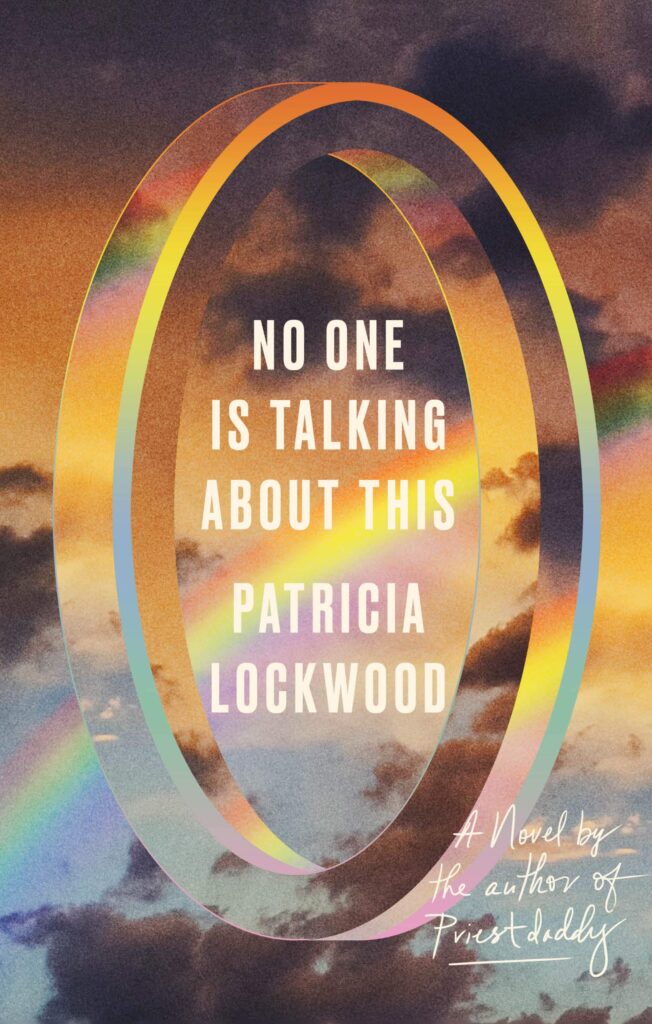
Lockwood, Patricia. No One Is Talking About This . Riverhead Books, 2021.
As this urgent, genre-defying book opens, a woman who has recently been elevated to prominence for her social media posts travels around the world to meet her adoring fans. She is overwhelmed by navigating the new language and etiquette of what she terms ‘the portal,’ where she grapples with an unshakable conviction that a vast chorus of voices is now dictating her thoughts. When existential threats–from climate change and economic precariousness to the rise of an unnamed dictator and an epidemic of loneliness–begin to loom, she posts her way deeper into the portal’s void. An avalanche of images, details, and references accumulate to form a landscape that is post-sense, post-irony, post-everything. ‘Are we in hell?’ the people of the portal ask themselves. ‘Are we all just going to keep doing this until we die? ‘Suddenly, two texts from her mother pierce the fray: ‘Something has gone wrong,’ and ‘How soon can you get here?’ As real life and its stakes collide with the increasingly absurd antics of the portal, the woman confronts a world that seems to contain both an abundance of proof that there is goodness, empathy, and justice in the universe, and a deluge of evidence to the contrary. Fragmentary and omniscient, incisive and sincere, No One Is Talking About This is at once a love letter to the endless scroll and a profound, modern meditation on love, language, and human connection from a singular voice in American literature.
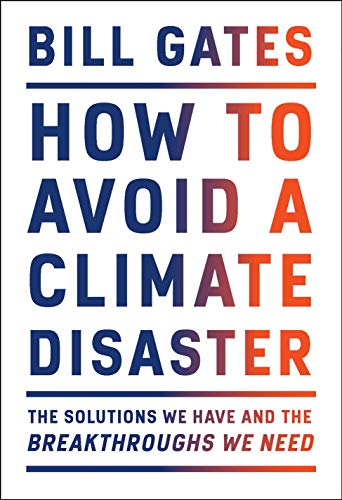
Gates, Bill. How to Avoid a Climate Disaster : the Solutions We Have and the Breakthroughs We Need . A Borzoi Book published by Alfred A. Knopf, 2021.
In this urgent, authoritative book, Bill Gates sets out a wide-ranging, practical—and accessible—plan for how the world can get to zero greenhouse gas emissions in time to avoid a climate catastrophe. Bill Gates has spent a decade investigating the causes and effects of climate change. With the help of experts in the fields of physics, chemistry, biology, engineering, political science, and finance, he has focused on what must be done in order to stop the planet’s slide to certain environmental disaster. In this book, he not only explains why we need to work toward net-zero emissions of greenhouse gases, but also details what we need to do to achieve this profoundly important goal. He gives us a clear-eyed description of the challenges we face. Drawing on his understanding of innovation and what it takes to get new ideas into the market, he describes the areas in which technology is already helping to reduce emissions, where and how the current technology can be made to function more effectively, where breakthrough technologies are needed, and who is working on these essential innovations. Finally, he lays out a concrete, practical plan for achieving the goal of zero emissions—suggesting not only policies that governments should adopt, but what we as individuals can do to keep our government, our employers, and ourselves accountable in this crucial enterprise. As Bill Gates makes clear, achieving zero emissions will not be simple or easy to do, but if we follow the plan he sets out here, it is a goal firmly within our reach.

Jemisin, N. K. The Fifth Season . First edition., Orbit, 2016.
At the end of the world, a woman must hide her secret power and find her kidnapped daughter in this intricate and extraordinary Hugo Award winning novel of power, oppression, and revolution. (The New York Times) This is the way the world ends…for the last time. It starts with the great red rift across the heart of the world’s sole continent, spewing ash that blots out the sun. It starts with death, with a murdered son and a missing daughter. It starts with betrayal, and long dormant wounds rising up to fester. This is the Stillness, a land long familiar with catastrophe, where the power of the earth is wielded as a weapon. And where there is no mercy. Read the first book in the critically acclaimed, three-time Hugo award-winning trilogy by NYT bestselling author N. K. Jemisin.
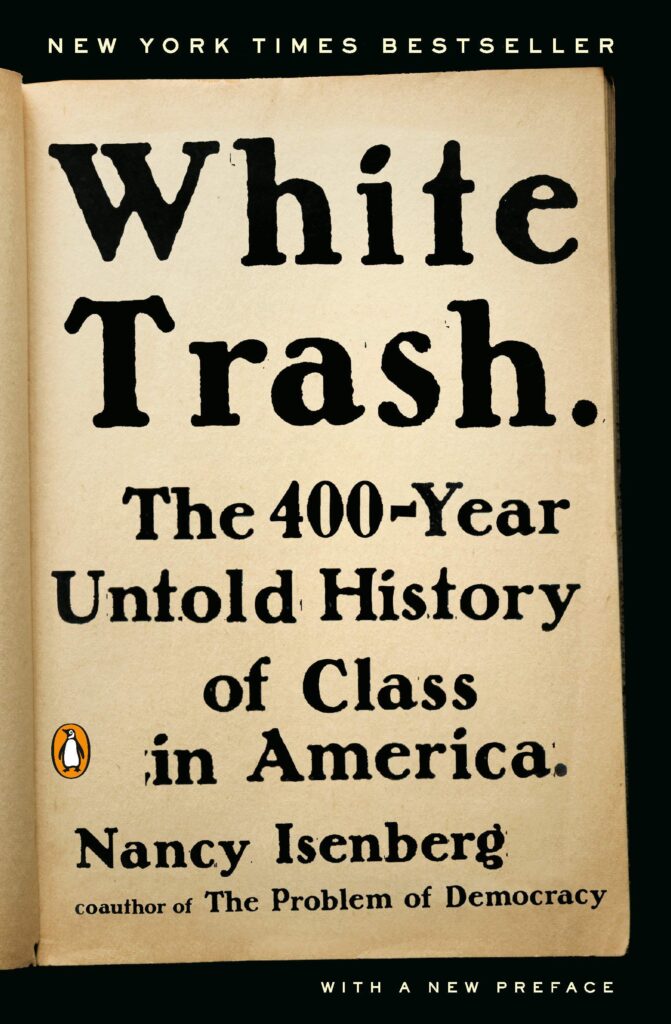
Isenberg, Nancy. White Trash. Penguin Publishing Group, 2016.
In her groundbreaking bestselling history of the class system in America, Nancy Isenberg upends history as we know it by taking on our comforting myths about equality and uncovering the crucial legacy of the ever-present, always embarrassing–if occasionally entertaining–poor white trash. The wretched and landless poor have existed from the time of the earliest British colonial settlement to today’s hillbillies. Surveying political rhetoric and policy, popular literature and scientific theories over four hundred years, Isenberg upends assumptions about America’s supposedly class-free society–where liberty and hard work were meant to ensure real social mobility. Poor whites were central to the rise of the Republican Party in the early nineteenth century, and the Civil War itself was fought over class issues nearly as much as it was fought over slavery. Reconstruction pitted poor white trash against newly freed slaves, which factored in the rise of eugenics–a widely popular movement embraced by Theodore Roosevelt that targeted poor whites for sterilization. These poor were at the heart of New Deal reforms and LBJ’s Great Society; they haunt us in reality TV shows like Here Comes Honey Boo Boo and Duck Dynasty. Marginalized as a class, white trash have always been at or near the center of major political debates over the character of the American identity. We acknowledge racial injustice as an ugly stain on our nation’s history. With Isenberg’s landmark book, we will have to face the truth about the enduring, malevolent nature of class as well.
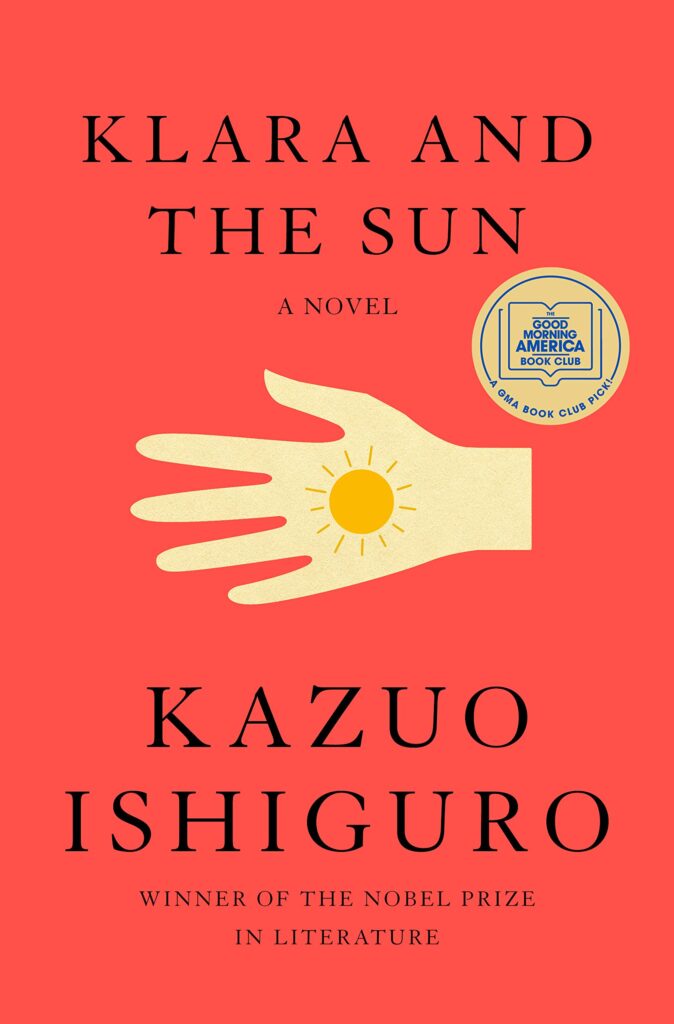
Ishiguro, Kazuo. Klara and the Sun . First edition., Alfred A. Knopf, 2021.
Klara and the Sun is a magnificent new novel from the Nobel laureate Kazuo Ishiguro—author of Never Let Me Go and the Booker Prize-winning The Remains of the Day. Klara and the Sun, the first novel by Kazuo Ishiguro since he was awarded the Nobel Prize in Literature, tells the story of Klara, an Artificial Friend with outstanding observational qualities, who, from her place in the store, watches carefully the behavior of those who come in to browse, and of those who pass on the street outside. She remains hopeful that a customer will soon choose her. Klara and the Sun is a thrilling book that offers a look at our changing world through the eyes of an unforgettable narrator, and one that explores the fundamental question: what does it mean to love?
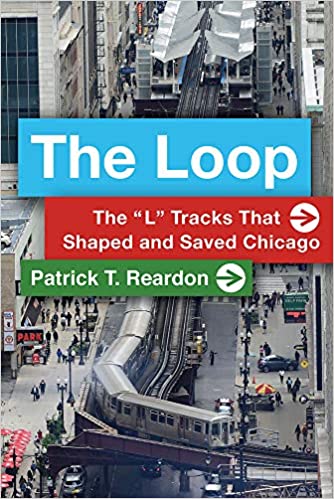
Reardon, Patrick T. The Loop : the “L” Tracks That Shaped and Saved Chicago . Southern Illinois University Press, 2021.
The structure that anchors Chicago Every day Chicagoans rely on the loop of elevated train tracks to get to their jobs, classrooms, or homes in the city’s downtown. But how much do they know about the single most important structure in the history of the Windy City? In engagingly brisk prose, Patrick T. Reardon unfolds the fascinating story about how Chicago’s elevated Loop was built, gave its name to the downtown, helped unify the city, saved the city’s economy, and was itself saved from destruction in the 1970s. This unique volume combines urban history, biography, engineering, architecture, transportation, culture, and politics to explore the elevated Loop’s impact on the city’s development and economy and on the way Chicagoans see themselves. The Loop rooted Chicago’s downtown in a way unknown in other cities, and it protected that area–and the city itself–from the full effects of suburbanization during the second half of the twentieth century. Masses of data underlie new insights into what has made Chicago’s downtown, and the city as a whole, tick. This fascinating exploration of how one human-built structure reshaped the social and economic landscape of Chicago is the definitive book on Chicago’s elevated Loop.
